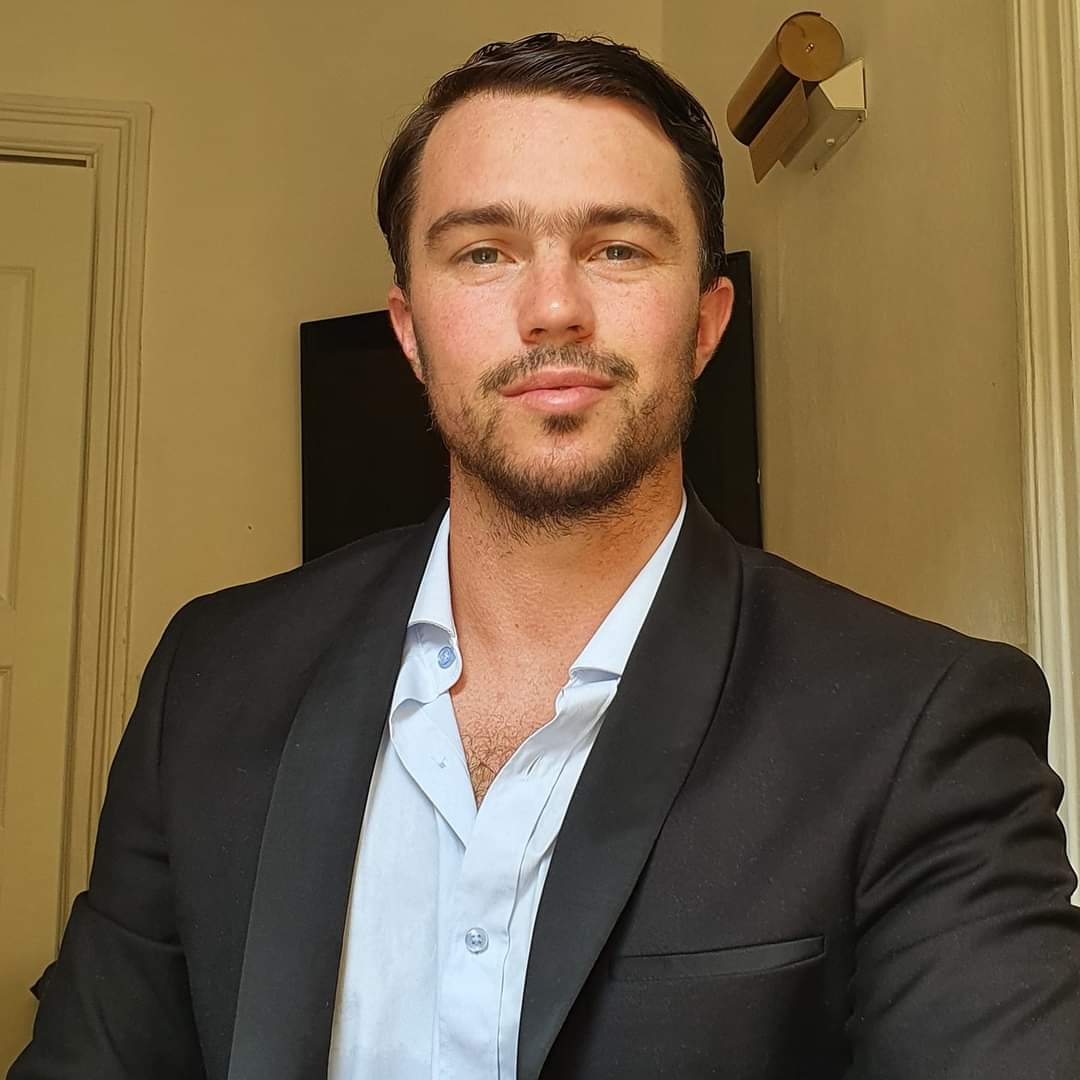Pope Francis, his politics, and the coming election
- Sebastian Palacios.

- 1 day ago
- 4 min read
Pope Francis was born as Jorge Mario Bergoglio on December 17, 1936, in Buenos Aires, Argentina as the son of Italian immigrants. Before becoming priest, he worked as a janitor, nightclub bouncer, chemical technician, and literature teacher. Bergoglio entered the Society of Jesus in 1958 and was ordained as a priest in 1969 where he worked in the poorest areas of Argentina. Because of that, he was appointed as Buenos Aires’ archbishop in 1998 and then as cardinal in 2001. In March 2013, the Catholic Church was suffering multiple crisis regarding sex-abuse scandals, corruption and criticism about its bigotry. In that context, Bergoglio was chosen as Pope, becoming the first Jesuit and the first from outside Europe since the 8th century to ascend to the papacy.
Before becoming pope, his political views were already classified as “progressive” and “Peronist”. Therefore, it was no surprise when he chose the name Francis in honor of Saint Francis, and very quickly projected an humble approach, like choosing not to wear the papacy’s traditional elaborate vestments. Also, Francis simplified the papal rites, announcing that he will be buried in a simple wooden casket instead of the cypress, lead and oak interlocking caskets chosen by his predecessors.
Francis made women full members of dicasteries in the Roman Curia, he worked to make the church more inclusive, awarding key roles to women and LGBTQ+ people, stating also that homesexuality should be decriminalized worldwide. He even invited transgenders for the first time to the Vatican, stating that LGBTQ+ individuals can be blessed as long as blessings are not given in a liturgical context.
In international politics, he publicly condemned the actions of Israel in Gaza, signed a treaty by which the Vatican recognized the state of Palestine, apologized for the role of the Catholic Church in past cultural genocides, criticised Trump’s deportation of illegal migrants, and supported the normalization of the relationship between Cuba and the US.
Moreover, he transformed a Vatican plaza into a “palace for the poor” for the homeless, whom he called the “nobles of the street.” He championed sustainable development, the fight against climate change, publishing the 2015 encyclical “Laudato si',” which urged humanity to care for our “common home”, and invited Greta Thunberg to the Vatican. He opposed the death penalty in all cases, and committed the Catholic Church to its worldwide abolition. Furthermore, he has been the most critical pope ever regarding supply-side and free-market economics, consumerism and technological development.
One of his most remembered decisions was reversing the policy of Benedict XVI that prioritized the Latin celebration of Mass. Instead, he proposed that it should be translated into local languages, which conservatives feared could dilute the Church’s traditional messaging. As a pope, Francis also appointed more cardinals from the Global South than any other pope, reflecting the international trend in which the biggest growth of Catholic adherents was coming from this part of the world. As a matter of fact, his progressive reforms were stopped by many African bishops that publicly criticized his blessings of individuals in the LGBTQ+ community. In sum, Pope Francis was a truly progressive, leftwing political actor that in many ways reflected the spirit of his time, especially among western nations.
As for choosing his successor, the conclave for electing a new Pope gathers the electoral cardinals and takes place in the Sistine Chapel, in the Vatican, whose walls and ceilings are decorated with the works of Michelangelo. The word "conclave" comes from Latin, meaning "with key”. Only cardinals under the age of 80 are allowed to participate in the conclave and cast their vote for the new pope. Currently, there are 252 cardinals in the world, of which 135 are cardinal electors: 53 from Europe; 23 from Asia; 20 from North America; 18 from Africa; 17 from South America; and four from Oceania. The cardinals gather in the Vatican within 20 days after the Pope passes away. They sleep and eat in the Casa Santa Marta hotel inside the Vatican's grounds, they are stripped out of any contact with the outside world (no phones, internet, visits, newspapers). Pope Francis had appointed 88 of these 135 cardinal electors, which could greatly influence the profile of the next Pope.
In order for a pope to be elected, he must get at least a supermajority of ⅔ of the electoral votes. After the first day of the Conclave, a maximum of four ballots are held on each successive day: two in each morning and two in each afternoon. If no result is obtained after three vote days of balloting, the process is suspended for one day during which the electors pray and listen to a speech by the senior cardinal deacon. After seven further ballots, the process is again suspended, with the speech now being delivered by the senior cardinal priest. If after another seven ballots there is no supermajority, the speech will be delivered by the senior cardinal bishop. From this moment, in the following ballots only the two names who received the most votes in the last ballot shall be eligible in a runoff election where a ⅔ majority is still required.
Since the 19th century, the ballots used by cardinals have been burned after each ballot to indicate a failed election. And since 1914 the black smoke emerging from a temporary chimney installed on the roof of the Sistine Chapel indicates that the ballot did not result in an election, while white smoke (created with special chemicals that are added to the burning ballots) announces that a new pope has been chosen. In 1268 it took the cardinals three years to elect Pope Gregory X. In modern times, papal conclaves have become much shorter: The longest conclave in the 20th century lasted five days. Francis was elected the day after the conclave began in 2013.












Comentarios